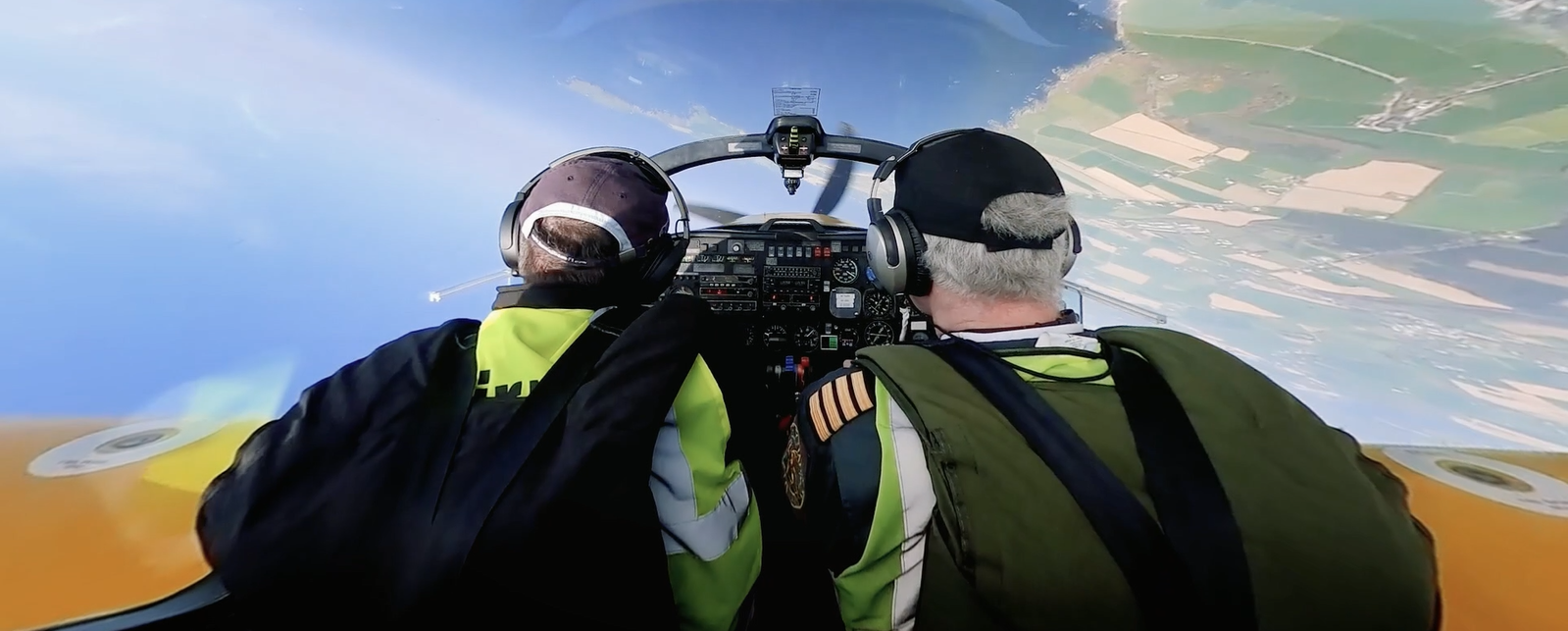Flight Instructor Course
The flight instructor course is designed to teach the applicant the extensive knowledge and insight required to train others according to the regulatory authority requirements. Being a flight instructor is one of the most demanding but at the same time rewarding jobs in aviation.
Course Syllabus
The course comprises of the following training segments:
• 1 hour pre-entry flight test
• 30 hours of flight instruction of which 5 hours may be flown with another FIC candidate
• 125 hours of tuition and directed ground school
On completion of the training, a flight test is then conducted on a single engine aircraft.
Requirements
• Minimum age: 18
• Must hold a valid an EASA issued (Part-MED) Class 1 Medical (CPL holder);
• Must hold, an applicant or an EASA CPL (A).
• ATPL or CPL theoretical exams
• 150 hours PIC or 100 hours PIC for holders of ATPL or CPL
• 30 hours single engine pilot time of which 5 hours were in the preceding 6 months
EASA AEROBATIC RATING
Learn to fly aerobatics in a safe, structured environment with some of Ireland’s most experienced aerobatic instructors.
The AFTA IAA-approved aerobatic course is offered to train experienced licence holders to perform aerobatic manoeuvres safely and qualify for the issue of an EASA aerobatic rating. New EASA Regulations mean that holders of a pilot licence for aeroplanes, TMG (touring motor gliders) or sailplanes shall only undertake aerobatic flights in EASA aircraft if they hold an aerobatic rating. There will be no requirement to hold an aerobatic rating to fly aerobatics in non-EASA aircraft (e.g. Tiger Moth, Chipmunk, homebuilt aircraft etc)
To qualify for the addition of an aerobatic rating to an EASA licence, you must have flown a minimum of 40 hours post PPL issue and do an approved course. There is no formal flight test and no renewal procedure.
Flight training is carried out on the Slingsby T67 M260, an ideal aerobatic training machine fitted with full inverted fuel and oil systems as well as an injected 180HP engine fitted with a variable pitch propeller.
Course SYLLABUS
5 hours on Slingsby T67 M260
8 hours theoretical tuition
THEORETICAL KNOWLEDGE (8 hours)
Human factors and body limitations
• Spatial disorientation
• Airsickness
• Body stress and G-forces, positive and negative
• Effects of grey- and blackouts Technical subjects
• Legislation including environmental and noise issues
• Aerodynamics of slow flight, stalls and spins (incl flat and inverted)
• Type-specific technical instruction
• Airframe and engine limitations, including G limits & rolling G considerations
Aerobatic manoeuvres
• Rolling manoeuvres
• Looping manoeuvres
• Combination manoeuvres
• Sequencing of manoeuvres and positioning
• Entry and recovery from incipient, developed and inverted spins
Emergency procedures
• Recovery from unusual attitudes
• Aerobatics and engine failures
